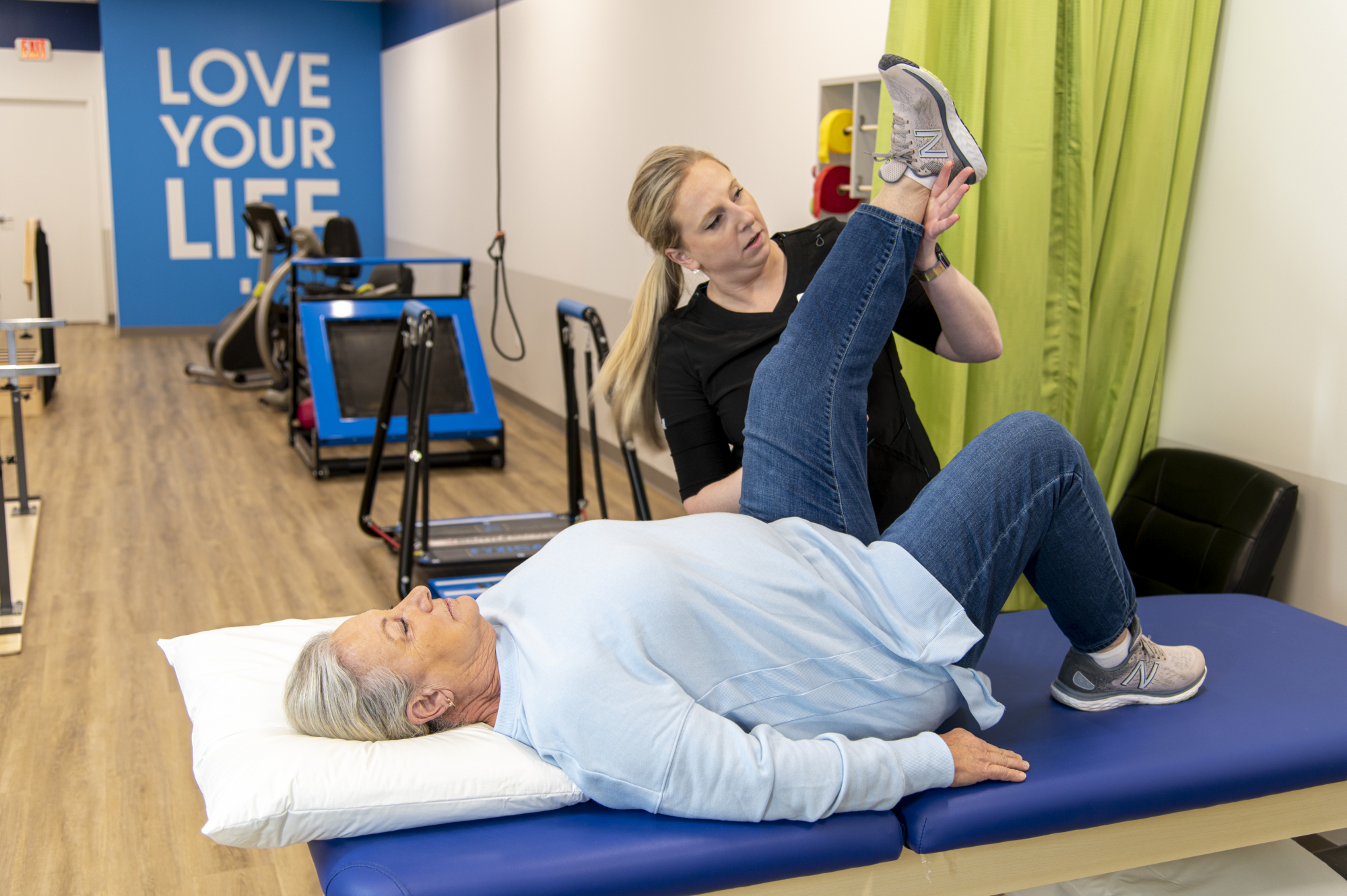One of the major benefits of becoming a member of a fitness community is the encouragement that members offer one another. When people exercise together, they often push one another to reach their limits. This phenomenon, known as group performance boost, indicates that individuals function better when they are in the presence of others. The excitement and energy that circulate through a team during a workout routine can motivate participants to try harder and achieve more than they would alone. This collective experience not only enhances bodily output but also builds a feeling of camaraderie among members.
Accountability is another essential aspect of fitness groups that helps increase dedication to wellness goals. When individuals belong to a group, they are more likely to attend for training sessions and stay consistent with their exercise programs. Knowing that others are relying on them can inspire participants to stick to their plans and prevent skipping workouts. Moreover, presenting personal webpage progress with the group can cultivate a feeling of responsibility, as participants recognize successes and encourage one another through obstacles. This responsibility can be particularly beneficial for those who struggle with sustaining motivation on their own initiative.
In addition, wellness communities often provide access to tools that improve results. Many groups have skilled trainers or knowledgeable members who can provide direction on effective training methods, dietary advice, and injury avoidance strategies. By gaining knowledge from one another and exchanging insights, group members can enhance their skills and comprehension of exercise science. Furthermore, team activities such as sessions or team sports often introduce individuals to different exercises that they might not attempt independently. This introduction works to broaden workouts and maintains members engaged in look these up their fitness journeys.

In conclusion, leveraging collective momentum within wellness groups substantially influences personal results and dedication standards. The support from fellow members creates an environment where participants are inspired to extend their limits while remaining responsible to their objectives. Availability to collective knowledge and resources further enhances the overall experience of being part of these groups. As individuals continue to engage in these supportive communities, they not only enhance their bodily well-being but also develop long-term connections that add to their quality of life over time.